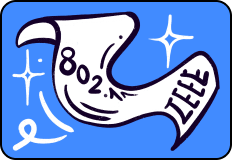A synthesizer for quality chords and quality enjoyment
This article won’t read itself, and a synthesizer won’t assemble itself.
Is it necessary to say that
А synthesizer is not just an instrument, but rather an entire orchestra under one roof. In musical groups, it plays a pivotal role, allowing performers to expand the boundaries of their creativity, and it can easily replace a group of musicians itself. With a synthesizer, any musical idea can be realized, from classical melodies to modern electronic experiments.
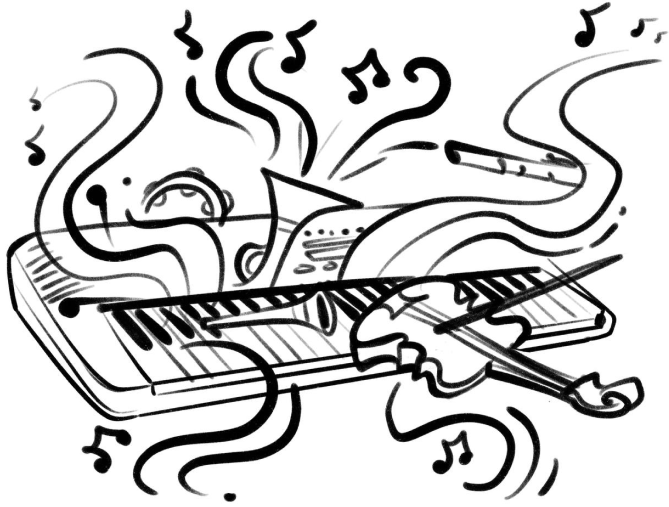
Is it necessary to say that
A synthesizer is a reliable partner in arrangement, an assistant in recording, an inspiration in creativity. Capable of replacing an arsenal of instruments, saving space and resources. It frees musicians’ hands and enables them to create unique sounds and shades.
Thanks to its adaptability, the instrument becomes an indispensable assistant both on stage and in the studio, providing smooth switching between a multitude of timbres and settings. By harnessing the latest technological advancements, synthesizers embody sounds with unprecedented accuracy, offering possibilities that would be unattainable with traditional musical instruments.
Even synthesizer keys are alive. They react differently when touched by musicians’ fingers. The standard synthesizer keyboard ensures consistent sound, not responding to touch pressure, allowing to reach sound stability.
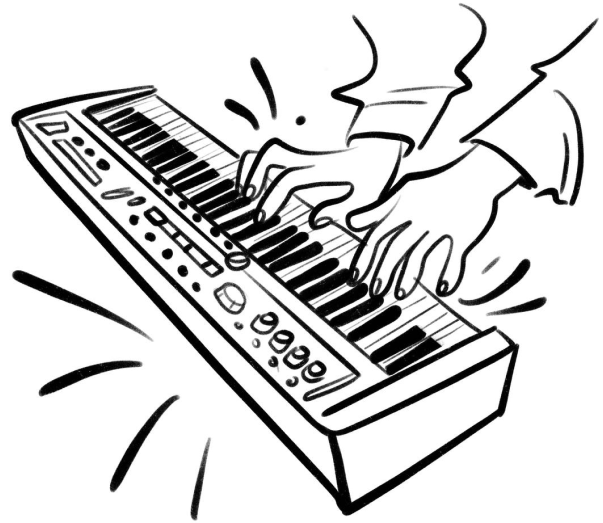
Active keys, on the other hand, are sensitive to the dynamics of touch. A musician can express the emotional depth of performance, making the sound softer or louder depending on the force of touch, making the piece lively and expressive.
Is it necessary to say that
To achieve the desired sound in any genre of performance, it’s necessary to choose the type of device. Analog synthesizers operate like old radios, using real electrical components to create sounds. This gives them a special “alive” sound that many consider warm and rich.
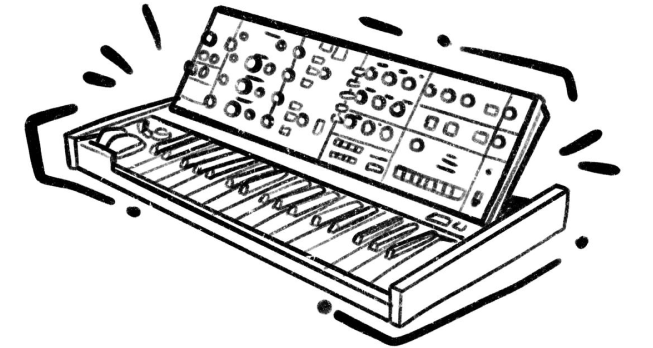
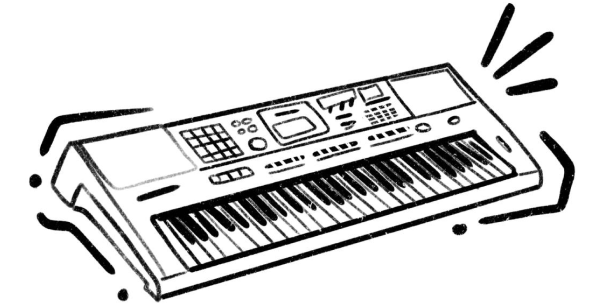
Digital synthesizers are like computers. The software simulates and accurately reproduces various sounds, using complex effects that are simply impossible in analog devices.
And, of course, the most mesmerizing feature of any synthesizer is samples. Samples, like a camera capturing moments in life, make sound snapshots: recording and preserving special musical moments. Synthesizers use these samples to recreate real sounds that musicians once played, making them alive again.
If you want to conduct an orchestra with your fingers and keys, it’s achievable through physical modeling. The synthesizer “listens” to commands, creates and reproduces sounds as if real instruments respond to touch. A smart processor analyzes the play and creates a sound corresponding to the actions of a real musician.
Is it necessary to say that
Synthesizers invariably feature “knobs.” These are micro-sound regulators “at your fingertips.” Sometimes, they can be used to tweak some impressive, interesting sound or pattern and record it for 5-10 seconds without engaging in track planning, mastering, or mixing.
For non-musicians, knob-twisting is a pleasurable activity in itself, somewhere on the border between creativity and meditation. Just like watching series or playing video games not for practical purposes, but simply to have a good time, disconnect from routine, and give the brain a break.
Renowned musicians strongly recommend everyone to at least once turn the synthesizer knob so slowly that it takes several minutes to rotate from minimum to maximum. In those moments, you can feel the gradation of resistance on the potentiometer and how new harmonics disappear and appear, each one of them. And, the most interesting thing is that such an experience is completely unrelated to music because music operates at completely different speeds of perception.
In other words, if you see someone’s wall covered in synthesizers with kilometers of cables hanging down, there’s no need to ask where all those gold and platinum albums written using them are. For some electronic music fans, knob-twisting is more about exploring new territories than about music itself.
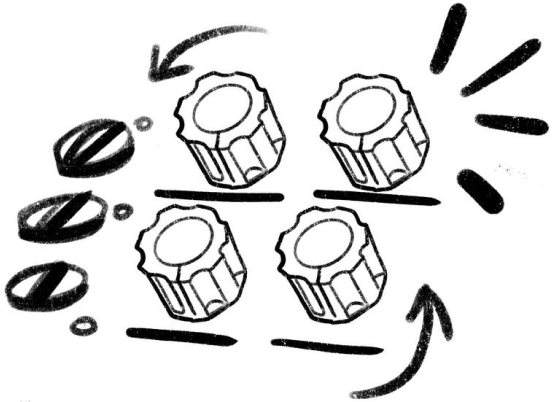
Is it necessary to say that
Even assembling a cardboard puzzle according to instructions results in a synthesizer. The thing is, most synthesizers are open to modifications, so even when assembling something according to instructions, there’s always a chance of accidentally creating a unique synth that will be yours alone.
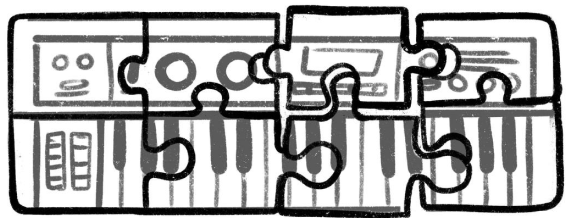
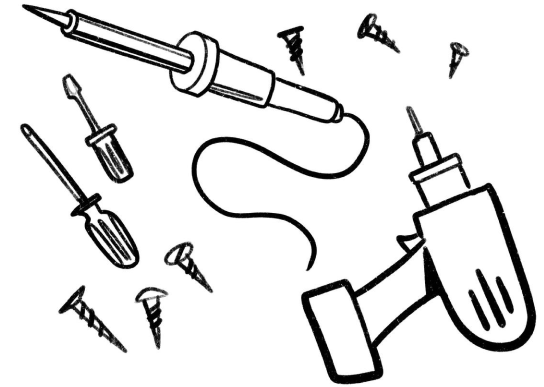
Creating a marvelous musical wonder capable of playing melodies as good as Thomas the Cat from the backyard music ensemble is not difficult. To help you with that, you’ll need a trusty soldering iron and a set of screwdrivers for screwing, unscrewing, and tweaking. And, of course, a set of screws and a drill.
To make a synthesizer at home, you’ll also need a rotary hammer because, well, it’s a rotary hammer, and audio speakers, radio components, microchips, and ear-splitting amplifiers.
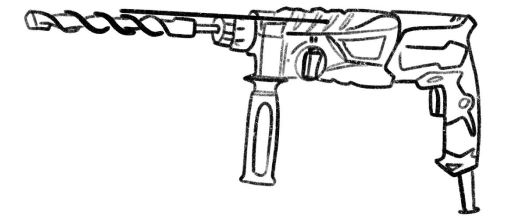
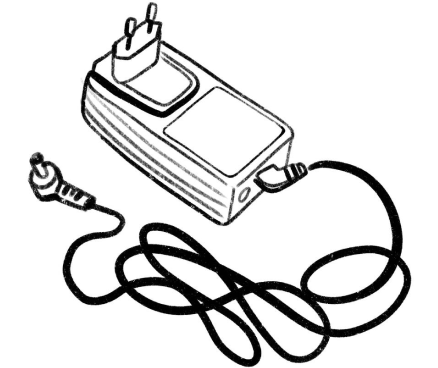
A power supply is also essential; after all, a synthesizer won’t run on laurel leaves and fresh air, will it? And the most crucial element, without which no assembly can be completed, is the dsPIC microcontroller. Without it, the synthesizer will only play 80s rock, while we’re ready to sing “Despacito” in French and Mongolian!
The keys for the future musical instrument can be borrowed from a hastily discarded synthesizer or a children’s toy that no one needs anyway. Additionally, for the DIY assembly of a polyphonic synthesizer, you’ll need a central piece where everything will happen – a printed circuit board connected to the key circuit board, and of course, a labyrinth for the soul – an arsenal of wires and switches. As for the synthesizer’s casing, it can be made from sheets of plastic or taken from where you got the keys (it would be strange to see keys left without a casing).
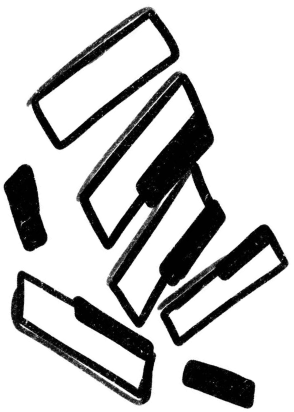
When the preparation for the joyful hours of magical assembly and musical experiments is complete, and all the components of the future synthesizer are in front of you, drill 12 holes for the mounts. Mark the positions for each key on the board, arranging the microchips like notes on a score, embellish the printed circuit board with radio components and switches. Attach all the boards and speakers to the base of the casing, connecting the wires into a harmonious symphony.
To tune the sounds in the synthesizer correctly, you can’t rely on a tuning fork, but the gStrings app will tune the freshly made instrument to the perfect frequency, just as a maestro tunes an orchestra. The dsPIC microcontrollers will be faithful assistants hidden in the corners between the components. The top cover, and the final chord. The synthesizer is ready to bring musical fantasies to life!
And yet it’s worth mentioning that
А digital synthesizer today is not just about “clean” amps, “velvety” sound, and keys with aftertouch. Primarily, it’s an ideal blend of a multifunctional interface and a powerful sound engine.
Debates on how the appearance of the synthesizer and its physical interface affect the outcome are the most relevant topics in synthesizer design. If the interface encourages experimentation without diving into menu depths, and the engine forgives mistakes, you already have a worthy specimen.
Manufacturers constantly invent new ways for a practical and enjoyable music-making process, rightly believing that music begins with creating your own generator and tuning the synthesizer.
With the digital Nu collection from the KORG brand, assembling a synthesizer is as easy as solving a Rubik’s cube (but with much cooler results). With the Tekt NTS-1, there’s no soldering, no unnecessary hassle – just follow the simple instructions, and voilà! You have a cool gadget for creating spacey sounds.
Don’t be fooled by its size. This little one is a true musical monster! It features a cool digital oscillator inspired by KORG’s famous synthesizers and a crazy arpeggiator that will make you dance in your seat. Add to that a bunch of cool effects that you can mix and edit like a pro DJ, and you’ve got an instrument that can turn any sound into a masterpiece.
But wait, there’s more! You can load custom oscillators and effects from the KORG SDK, turning the NTS-1 into your own musical sandbox. So whether you want to create cosmic drones or invent a new musical palette, it’s all in your hands!
And the coolest part: you can attach custom side panels to the NTS-1, turning it into a stylish accessory that will be the envy of all your musical friends. Connect it to any gear you have and use the NTS-1 as a synthesizer, effects processor, or even a conductor for a robot orchestra. Powered by USB means you can play it anywhere and anytime, whether it’s at the kitchen table or in a distant galaxy.
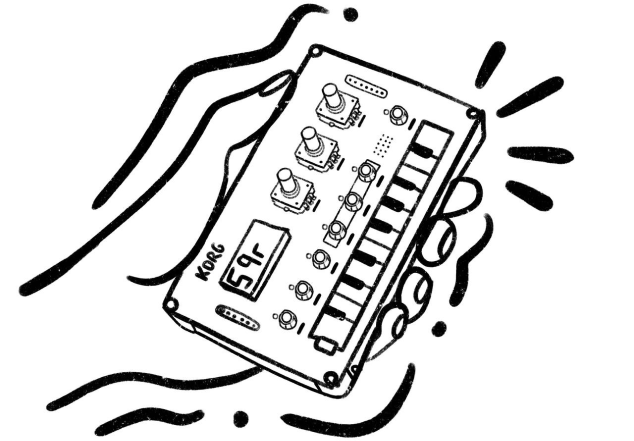
Final chord. Sound it!
Developer:
The company KORG
Level of innovation:
What could be better than a unique and straightforward synthesizer made by hand, which you can easily assemble yourself (tools included) without soldering?
Real-world usefulness:
The Nu:Tekt NTS-1 is equipped with a digital oscillator inspired by the MULTI engine, an extremely powerful arpeggiator with multiple ranges, scales, and modes.
The synthesizer can generate signals of different shapes and load custom oscillators created from the Korg logue SDK, meaning it’s compatible with various content designed for prologue and minilogue xd. These signals can be easily manipulated and adjusted by simply turning a couple of knobs.
A wide selection of filters (2/4-pole low-pass filter, 2/4-pole high-pass filter, 2/4-pole band-pass filter, and OPEN mode, all with resonance) provide full control over the overall tone of the synthesizer.
Numerous reverbs, modulation effects, and delays are available for mixing and editing as desired to truly complete your sound creations.
The NTS-1 also offers a fun and practical arpeggiator with multiple available patterns. Scales and numerous note orders, including a random mode, are also available for creating new and original ideas on the fly.
Thanks to the ribbon controller, simple interface, and display on the NTS-1, you can play and enjoy, even if you’re not a musician.
Drawbacks:
Once you’ve assembled the synthesizer by hand,
you’re unlikely to stop.
Cost to the consumer:
$165
As Einstein would say:
“Damn, it’s good to be God!”

We’ve discovered new laws of the Universe in your pocket. By the way, there are many forgotten things in the Universe too.
Thank you!



